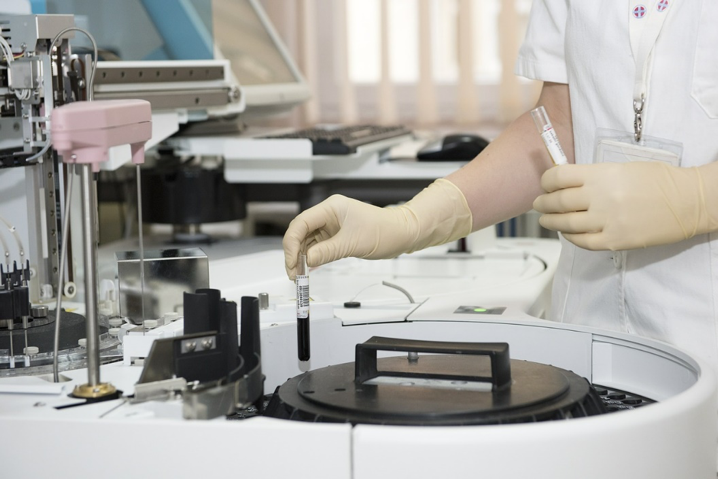How to Minimize Weighing Errors Using Lean Laboratory Principles

The application of Lean Laboratory principles is becoming increasingly popular in the calibration and quality assurance labs for minimizing errors. The reason being, Lean Laboratory techniques focus on accurately measuring products or samples, and increasing efficiency and quality.
Jidoka, a term used in the Japanese Lean Management principles, is being widely applied in the present-day lean laboratory environment to empower machines and operators to automatically stop production at the detection of a defect in the process.
The principles involve the First-Defect-Stop procedure to help a lab technician to quickly identify errors or incorrect results and troubleshoot to avoid negative consequences.
To guarantee the accuracy of an analytical weighing balance over time, avoid an erroneous outcome in the future, and eliminate the chances of recurrence of the same problem, lab professionals should exercise the steps outlined below.
How to Minimize Errors Using Lean Laboratory Principles
1. Clean the Weighing Bench and Instruments
An analytical weighing balance is highly sensitive to dirt as it can influence and produce incorrect results. Detect dirt by assessing the settling time; if it exceeds 8 seconds, clean the bench and retry. Place the machine on a sturdy balance table for faster stabilization. Most importantly, ensure periodic cleaning of the weighing bench after use.
2. Ensure Favorable Weighing Location
Install a hygrometer and ensure the humidity level between 45% to 80%. Make sure the weighing table is uncluttered and properly organized. Check the stability of the table and avoid congestion. Implement 5S with an emphasis on Sort, Set in order, and Shine.
3. Set The Right Temperature
The workplace temperature should not be harsh. To maintain a stable environment, set the AC temperature between 20◦C to 24◦C. Also, check that all the doors and windows are closed to avoid air turbulence.
4. Select Proper Containers
As plastic increases the risk of electrostatic charges, we use weighing vessels that are made of glass or metal, which have small openings to eliminate the risk of evaporation. Use an anti-static kit to inhibit electrostatic discharge. And do not use tare containers directly taken out from a warm dishwasher.
5. Ensure Weighing Accuracy
Conduct a risk analysis and ensure calibration and routine testing based on predefined principles. For best results, use two weights and define shorter intervals for routine testing.
6. Acclimatize The Balance
As a mandatory warm-up period for the balance to perform better, do not unplug the machine before use. Ensure that the balance is switched on for more than 12 hours for optimum results.
7. Level and Adjust
Before weighing, check whether the level bubble is centered. If not, use the level control system to center the level bubble. Frequently adjust and modify the sensitivity. To avoid balance drift, enable internal adjustment weight. Most importantly, check that the environment and surface (table) are stable and set to ‘zero.’
8. Place Tare Container Properly
Check the tare container shape, material, temperature, and placement. As previously stated, do not use plastic or home-made vessels. Choose glass or metal containers which are smaller in size. Avoid non-acclimatized containers as they create thermal currents on the weighing pan.
9. Conduct Training for Lab Professionals
Training the lab technicians helps ensure proper workflow. Create a training manual and SOP, and regularly educate lab professionals on the best practices to help them learn the best ways to efficiently use and maintain a weighing balance and get accurate results in weighing.
The ultimate goal for lab professionals should be not only to solve the problems at once but preventing the recurrence of issues in the future. Adherence to the points mentioned above would necessarily lead to reduced time and cost, and more efficiency in obtaining results.
Author Bio
Kevin Hill heads the marketing efforts at Quality Scales Unlimited in Byron, CA. Besides his day job, he loves to write about the different types of scales and their importance in various industries. He also writes about how to care for and get optimized performance from different scales in different situations. He enjoys spending time with family and going on camping trips.

